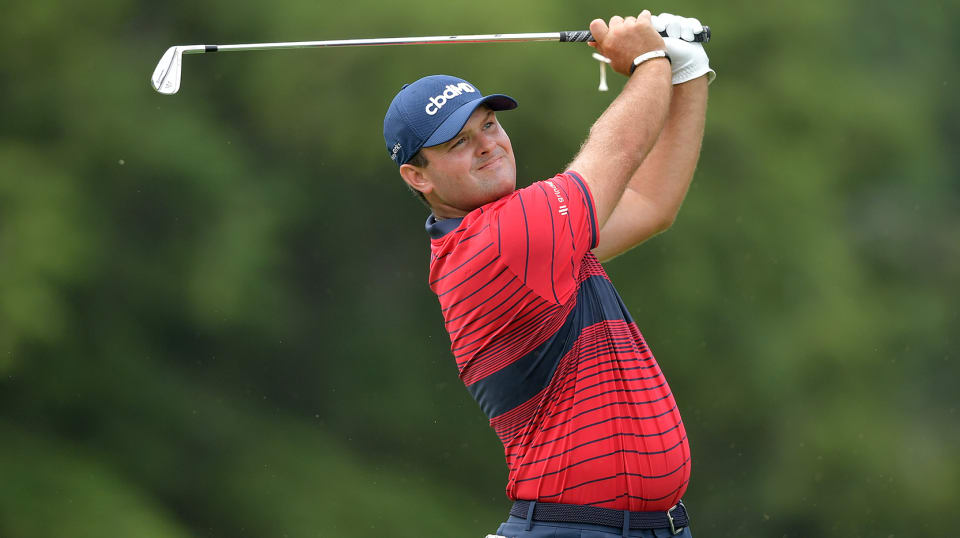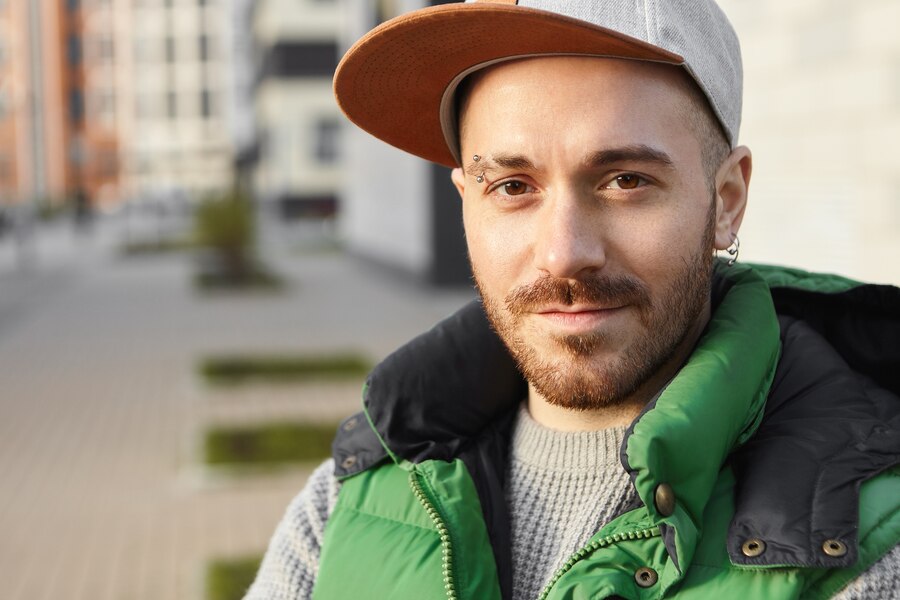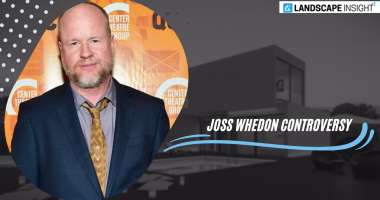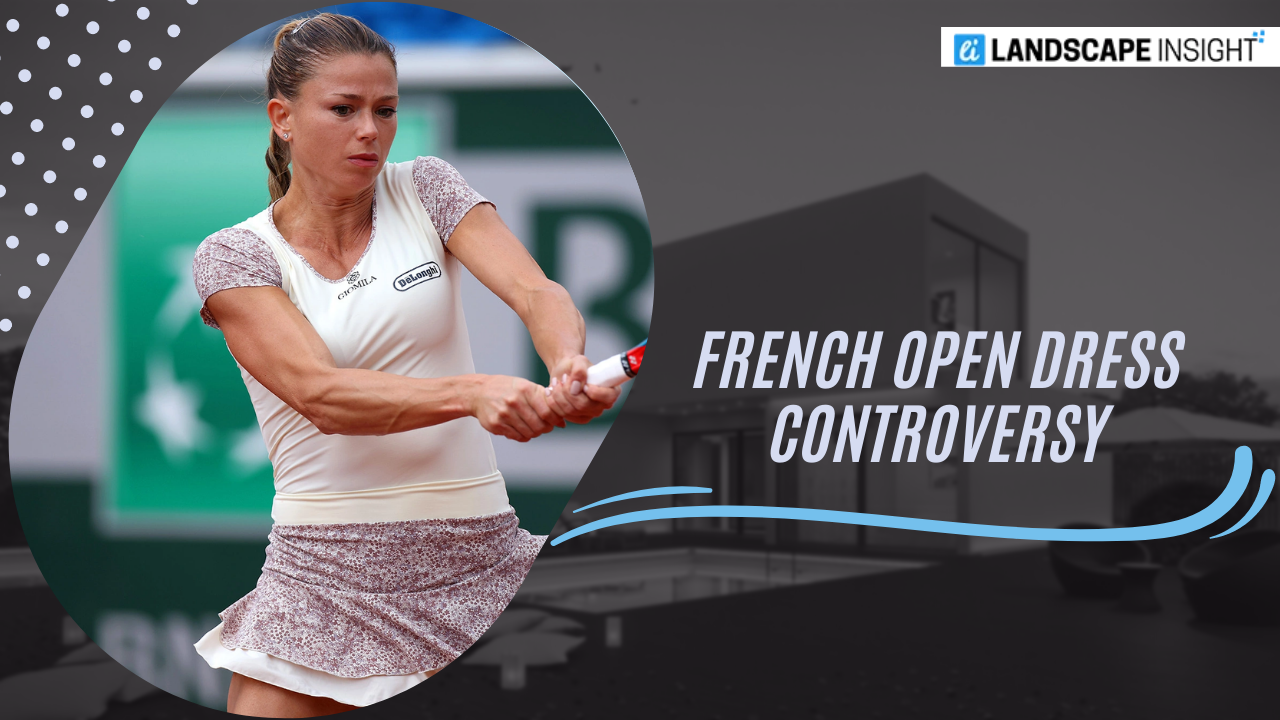At the Farmers Insurance Open, Patrick Reed did not falsify results. To assert the contrary would require being able to enter his mind and comprehend the reasons behind his actions, which only serve to embolden his detractors.
The events that took place at Torrey Pines over the weekend do, however, imply that, in the case of Reed, past offenses, disputes, and judgments do not give him the benefit of the doubt — nor do they prevent him from winning.
If you break the rules, you will always be associated with golf. You never forget it. Every time a situation involving the application of rules occurs, there will be skeptics, accusers, and a variety of spectators who just assume the worst. Even when Reed manages to put everything aside and triumph, he will still face that fury.

And while his frustration at what happened during the third round at Torrey Pines was understandable, it wasn’t enough to prevent him from winning the Farmers Insurance Open on Sunday, the ninth championship of his PGA Tour career.
On Saturday, Reed consulted a rules official to the left of the 10th fairway before picking up his golf ball. Then, after his ball was marked, he spent some time with his fingers in the deep rough nearby, leading many to wonder what he was doing.
Reed informed rules officer Brad Fabel that a neighboring volunteer had told him that she had not seen his ball bounce, which meant to Reed that it had flown inside the area where he had marked it. He believed that the ingrained deception should be removed.

Fabel didn’t do a lot of research. He investigated the lie by feeling the ground for any kind of lip. The fact that the ball had not bounced was taken into account by him. Reed was then given a free drop.
Related: Who Is Seb Mckinnon MTG, the Anti-Vaccine Controversy as The Trucker Freedom Convoy Escalates!
The problem is this Reed followed rules despite the unflattering appearance. He inquired of people nearby if the ball had bounced. It didn’t, he was told. He informed his opponents that he would be marking his ball and checking his lying, and he subsequently did so.
He requested the assistance of a rules official to confirm that his ball had indeed been embedded. He adhered to Rule 16.3, which was later confirmed by the PGA Tour.
If anything, Reed’s handling of the ball was the issue. He threw it into the grass while holding it in his palm rather than between his fingers in case there was any mud or dirt on it. He cannot clean the ball if it is determined that it is not plugged and must replace it in the same spot.
When Fabel offered help, everything became irrelevant. When it turned out that Rory McIlroy had also proclaimed an embedded ball during the same round on the 18th hole without seeking the assistance of a rules official, Reed felt somewhat absolved.
McIlroy observed the ball’s rapid descent into the rough. He lacked any proof that it had bounced. He admitted that he thought his ball was plugged into Rory Sabbatini, one of his group rivals. After Sabbatini responded, no rules official was contacted. McIlroy noted the ball and found that it had embedded. He accepted a free drop.
McIlroy, of course, has no history with rules-related problems. Just the year before, at the PGA Championship, McIlroy was given permission to replace a ball that had been accidentally walked on.
However, once he had done so, he thought the lie was “too good.” The ball, in his opinion, wasn’t all that visible from where it was originally. McIlroy lowered the ball into the rough as a result.
Following the events of Saturday, McIlroy was also receiving some negative feedback on social media. But given the drenched and muddy conditions at Torrey Pines, it’s likely that a similar incident occurred more than once throughout the competition. Players take use of the rules’ provision to take a drop if the ball is embedded.
In soft conditions, “it’s not uncommon for someone to lay a tee down on the ground and check if their ball is embedded,” McIlroy remarked on Sunday. “I was sort of giving Patrick the benefit of the doubt until I saw that video because it felt to me like a bit of a tempest in a teacup.
“You’re trying to work with the information you have at the moment, and Patrick had the knowledge that the ball hadn’t bounced at that moment. The information I had at the moment was the same, and when I went down, my ball was plugged and in its own pitch mark. I felt relieved. I continued from there.
You can blame the rule-making authorities, but they gave their approval. Reed specifically was given the all-clear after requesting a decision and being informed he may take a drop. Fabel would have told Reed to put the ball in the same location if he had thought it wasn’t embedded. He refused.
That doesn’t make Reed’s situation any better. He must maintain the reputation he has built. The appearance of Sweden’s Henrik Norlander on the leaderboard on Sunday served as yet more reminder.
Despite their success as colleagues at Augusta State, where they were on the same squad that won back-to-back NCAA championships in 2010 and 2011, Norlander long ago made it known that he was not pals with Reed. At Georgia, where he was previously suspected of cheating in team qualifying competitions, Reed had conflicts with his teammates.
Being a professional is very different from being a college student. It is common for people to develop and grow. Reed succeeded in the professional ranks, and despite the fact that some of those tales are still rumbling, he has tried his best to ignore them and achieve success.
Related: Liz Cheney Controversy: Why Did the Republican Party Decide to Kick Her out Of Their Party?
But there are problems with the rules. He has assessed a 2-shot penalty for “Sandygate” in the Bahamas in 2019 when officials found that his deception had been enhanced. That followed him to the Presidents Cup, where he endured constant jeers. Despite the chaos, Reed flourishes.
Previous to Sunday, he had not won since the WGC-Mexico Championship almost a year prior. Reed experienced the rules’ anger there once more. Brooks Koepka had attacked Reed earlier in the week during a SiriusXM interview.
You know where your club is, Koepka added, “I don’t know what he was doing, making sand castles in the sand.” It’s one of those situations when, according to the footage, he grazes the sand twice before continuing to chop at it. You are aware of the regulations if you participate in the game.
Then, on a “No Laying Up” podcast, veteran CBS commentator Peter Kostis mentioned that while working for the network, he had seen Reed repeatedly improve his line of play in the rough.

Four times now, Kostis added, “I’ve seen Patrick Reed hone his lie up close and personal.” Reed said that the constant talk had grown annoying. In Mexico City, he added, “I believe the main thing for me is I simply work so hard at [ignorance].”
Even if he was surely burning up overnight, he did so obviously on Sunday. He had used Twitter to respond to some of the critics, calling out McIlroy for doing the same thing without facing any backlash.
Even though Torrey Pines has no on-site spectators, the stare of his peers may be fairly disconcerting if he lets it.
Reed refused. In the final round, he only made one bogey. Eight of his greens required one putt. He turned a tight competition into a very simple triumph, leading by 3 strokes over the final holes before winning by 5.
All of it did not end the debate. Even though Reed may not have cheated, certain people, both in and outside of the game, will always hold him in low regard.
Xander Schauffele, who tied for second place, 5 shots behind Reed, said, “If my ball gets embedded, I normally will wait and call someone and kind of wait until everyone’s on the same page, wait to look at the film.” For that reason alone, I strive to stay away from situations like that.
You can inspect your ball with a tee that you can set on the ground. He performed all of his actions in accordance with the law, and everyone present supported him. Obviously, the lads don’t talk very well to one another. But the fact that the tour is protecting him is all that really matters, I suppose.
To Know More Latest Updates You Can Visit Our Website: landscapeinsight.com

Irving is the Chief Editor at the Landscape Insight. He lives just outside of New York. His writings have also been featured in some very famous magazines. When he isn’t reading the source material for a piece or decompressing with a comfort horror movie, Irving is usually somewhere in his car. You can reach Irving at – [email protected] or on Our website Contact Us Page.








